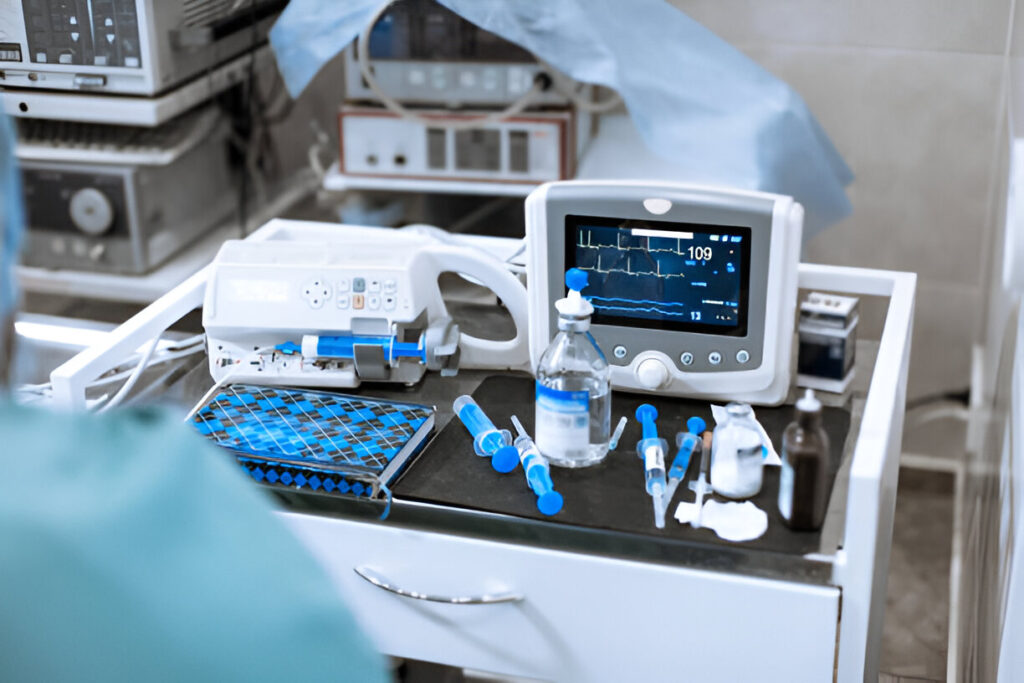Medical devices are vital in ensuring better healthcare outcomes for patients worldwide. However, introducing a new device in the market requires compliance with stringent regulations. The European Union’s Medical Device Regulation (EU MDR) outlines specific requirements for safety and performance. These standards ensure that products meet the highest quality levels before being accessible to the public.
Obtaining CE approval for medical devices involves strict adherence to the guidelines established under the EU MDR. This certification confirms that a device meets essential health and safety standards. The process starts with evaluating the intended use and risk classification.
Device Classification and Its Importance
Device classification under the EU MDR determines the level of regulatory oversight needed. Categories range from low-risk devices to those with a higher potential impact on health. Manufacturers must carefully assess the risk level to plan the certification process.
Higher-risk devices require more extensive clinical data and scrutiny from notified bodies. Proper classification ensures compliance with applicable rules and avoids unnecessary complications. Accurate risk assessment is the foundation for a smooth approval process.
Clinical Evaluation and Evidence Requirements
Clinical evaluation assesses whether a device safely and effectively achieves its intended purpose. This process involves reviewing existing data, conducting clinical investigations, or combining both. Manufacturers must demonstrate that their tools provide benefits outweighing potential risks.
Adequate evidence helps ensure that the product complies with EU MDR standards. Robust clinical data can also reduce delays during the approval process. Meeting these requirements builds trust with regulators and end-users alike.
Role of Quality Management Systems
Implementing a quality management system (QMS) is essential for compliance under the EU MDR. This framework ensures consistent production and adherence to safety standards throughout the lifecycle. A strong QMS includes policies for risk management, supplier control, and post-market surveillance.
Maintaining these systems demonstrates a commitment to quality and patient safety. Certification bodies often assess the effectiveness of the QMS during audits. A well-implemented system streamlines certification and fosters ongoing improvements.
Post-Market Obligations and Vigilance
Even after achieving certification, manufacturers have ongoing responsibilities under the EU MDR. They must monitor the performance in real-world settings and promptly address identified risks. Post-market surveillance helps identify potential safety issues that could arise after market entry.
Reporting adverse events to authorities is a key requirement to ensure public safety. These activities build confidence in the long-term reliability of medical devices. Continuous vigilance demonstrates accountability and maintains regulatory compliance.
Documentation and Technical File Preparation
Technical documentation is a cornerstone of the certification process, showcasing compliance with EU MDR requirements. This file includes detailed information about the device’s design, testing, and performance. Manufacturers must present evidence supporting their products’ safety and effectiveness.
Notified bodies review these documents to verify adherence to applicable standards. Comprehensive documentation speeds up the approval process and prevents delays. Preparing accurate technical files ensures readiness for audits and inspections.
How Regulatory Compliance Services Simplify CE Certification
Regulatory compliance services are vital in exploring the EU MDR requirements for CE certification of medical devices. These services guide manufacturers through the complex classification, clinical evaluation, and technical documentation processes. Compliance experts help streamline certification efforts and reduce delays by ensuring adherence to stringent regulatory standards. They assist in implementing quality management systems, conducting risk assessments, and maintaining post-market surveillance.
With their expertise, manufacturers can focus on innovation while meeting essential safety and performance requirements. This support ensures they gain market access efficiently and maintain long-term compliance with EU regulations. Streamlining the certification process helps manufacturers save time and resources, enabling them to stay competitive in a rapidly evolving market.
Achieving CE approval for medical devices requires understanding and adhering to the EU MDR’s stringent guidelines. These efforts guarantee that medical devices are safe and reliable for users across Europe. Completing this process opens doors to a competitive and lucrative market. Manufacturers must meet these requirements to build trust and ensure patient safety.



